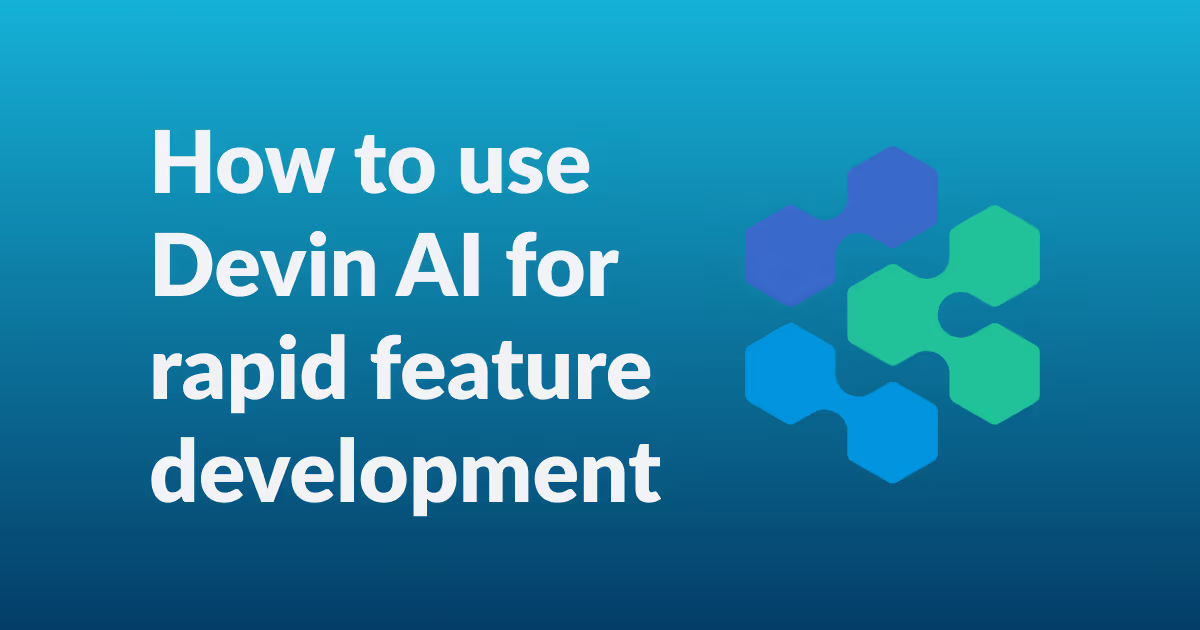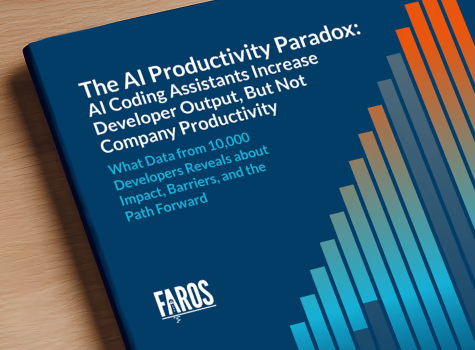How does AI help with unexpected customer requests?
Customer requests often arrive suddenly, pulling engineers away from planned work. Normally, this means context-switching, digging through docs, and delaying other tasks. With Devin AI, these interruptions can be handled smoothly without derailing productivity.
What was the customer asking for?
In this case, a customer suggested using the SonarQube API to simplify their setup. The request came through our customer success team—completely unplanned and outside my current work focus.
How did Devin AI approach the problem?
Instead of dropping everything, I asked Devin directly from Slack to:
- Point me to the relevant documentation
- Check API support differences between SonarQube and SonarCloud
- Explore how the new API could be integrated into our solution
Devin worked in the background while I continued with my main tasks. It discovered that the API was available in SonarQube but not in SonarCloud and explained what the customer would need to do on their side for the feature to work.
How did Devin deliver an implementation?
I then asked Devin to propose an implementation. Importantly, I instructed it to ask me clarifying questions before making key decisions—instead of making assumptions.
Here’s how it played out:
- Devin created a plan and asked me a couple of follow-up questions.
- Within minutes, it generated a pull request (PR) with a working implementation.
- I reviewed the PR, made a few small cleanups, built the image locally, and confirmed everything worked.
What was the result?
All of this happened in just a couple of hours, without me stepping away from my main project work. We shipped the solution quickly, and the customer was very happy with the turnaround.
Why this matters
This example shows how Devin AI can:
- Handle unplanned work without major disruption
- Research APIs and documentation in the background
- Collaborate interactively, asking clarifying questions before delivering code
- Accelerate delivery of customer-facing improvements
With Devin, unexpected requests don’t have to derail productivity—they become opportunities to deliver value faster.
<iframe width="445" height="791" src="https://www.youtube.com/embed/lxJ3Eo8IpWM" title="How I delivered an unplanned customer request without breaking flow—using Devin AI #devinai" frameborder="0" allow="accelerometer; autoplay; clipboard-write; encrypted-media; gyroscope; picture-in-picture; web-share" referrerpolicy="strict-origin-when-cross-origin" allowfullscreen></iframe>
Full transcript: Using Devin AI to handle unexpected customer requests
“Today I want to tell you about a very successful story with Devin. A customer had a request where they were suggesting us to use a SonarQube API to make their setup a little bit easier. And of course, this was unplanned work. It came from our customer success team.
So while I was working on something else, right there from Slack, I pinged Devin and I told Devin to point me to the relevant documentation because I wanted to understand the level of support of this API and its availability on Sonar Cloud versus SonarQube. So I just kept doing my work, and while I was working, Devin went off and started checking the documentation and the current implementation that we had to see how that new API could be incorporated into our solution.
[Devin] was able to discover by itself that the API is available in SonarQube and not in Sonar Cloud. It showed me what the customer should do on their side for this API to work. And then after a while, I come back from what I was doing to check on Devin.
The plan and the idea kind of looked okay. I told Devin to propose an implementation, and this was really interesting. This is something I tried for the first time. I told Devin to ask me questions if they had to make any important decisions instead of just assuming stuff.
So it comes up with a plan. It asked me a couple of follow up questions here, I responded to those at 12:39 PM. At 12:40 PM, it showed me the plan, and it also showed me a PR which I checked. It looked pretty sane, and I actually just built the image locally in my machine, tried it, and the changes worked perfectly.
I made a couple of tiny cleanups, and after a couple of hours without disrupting my normal work we were able to ship this and make the customer really happy.”
How to use Devin AI for rapid feature development: Turning interruptions into opportunities
Every team faces unexpected requests, but Devin shows they don’t have to be too disruptive. With the right approach, these moments become chances to deliver value quickly while staying on track. For me, that meant letting Devin do the heavy lifting in the background, so I could stay in flow while still delivering same-day results to the customer.
I publish my thoughts on AI and experience with AI coding tools frequently. Follow me on LinkedIn to stay in touch.







